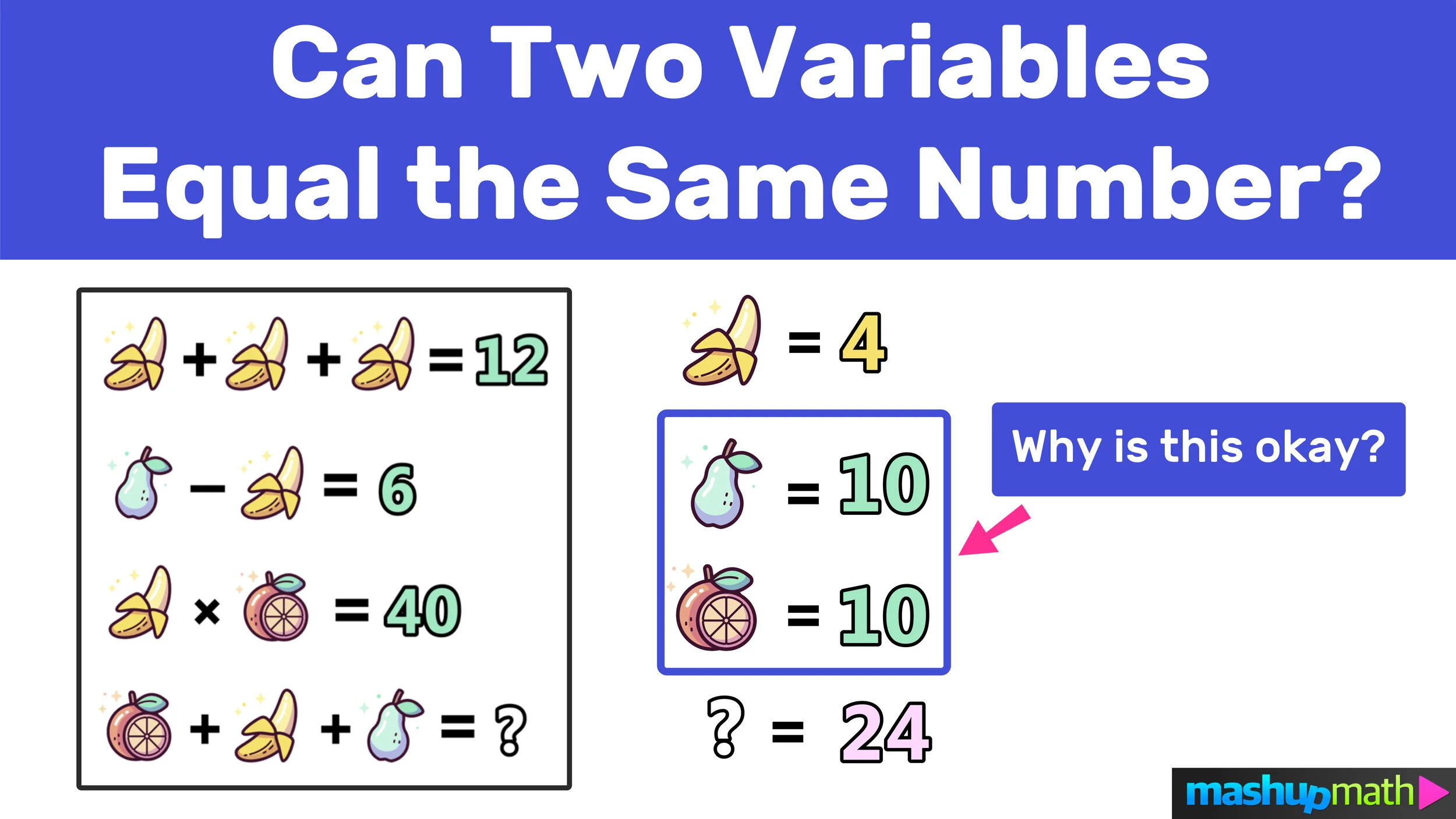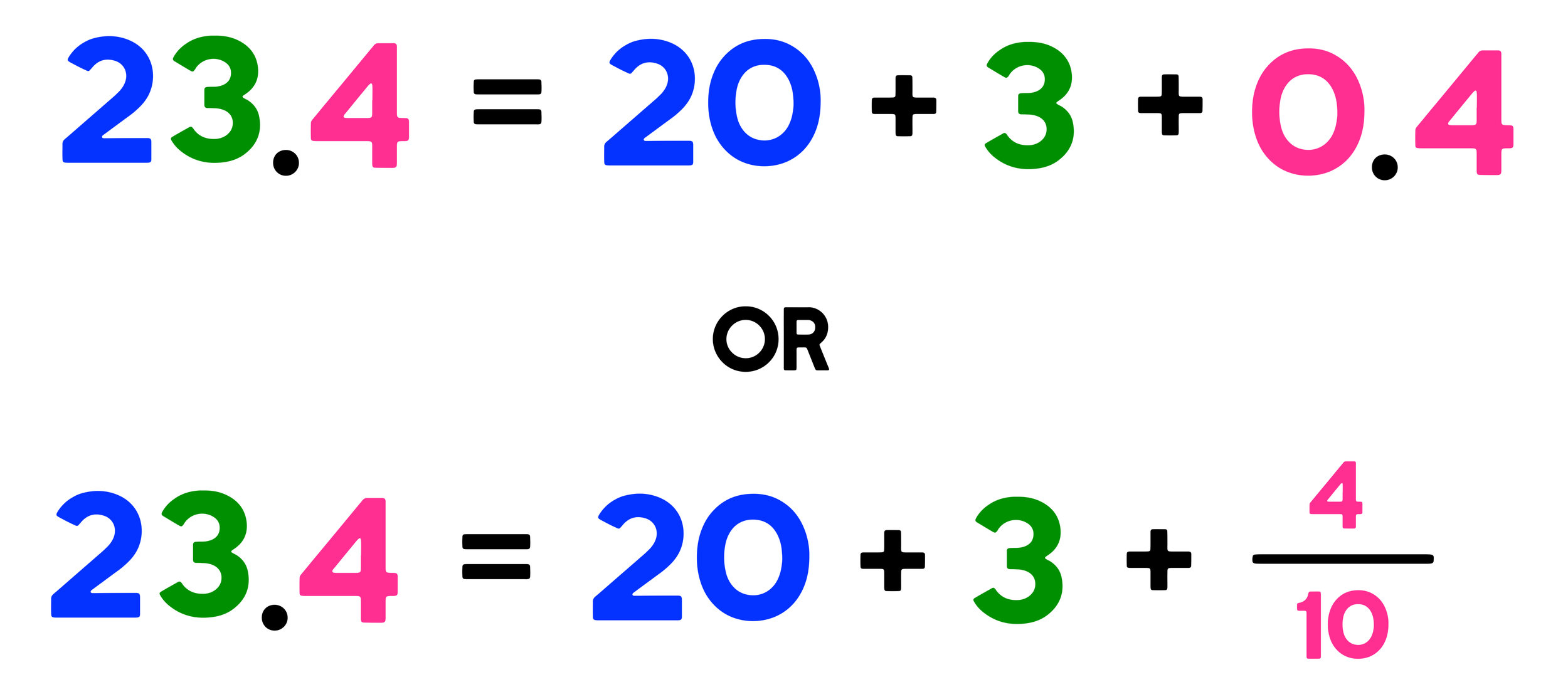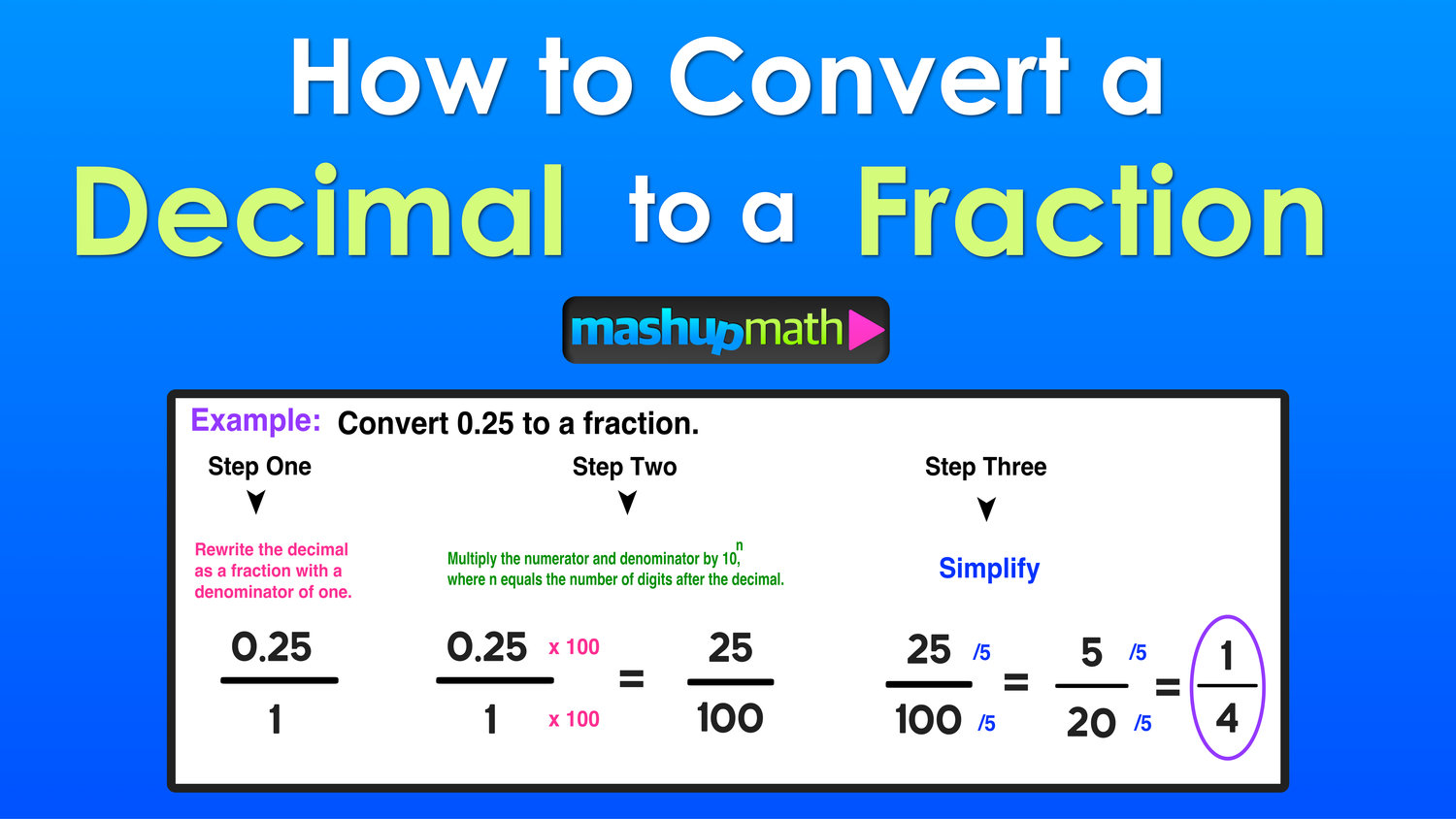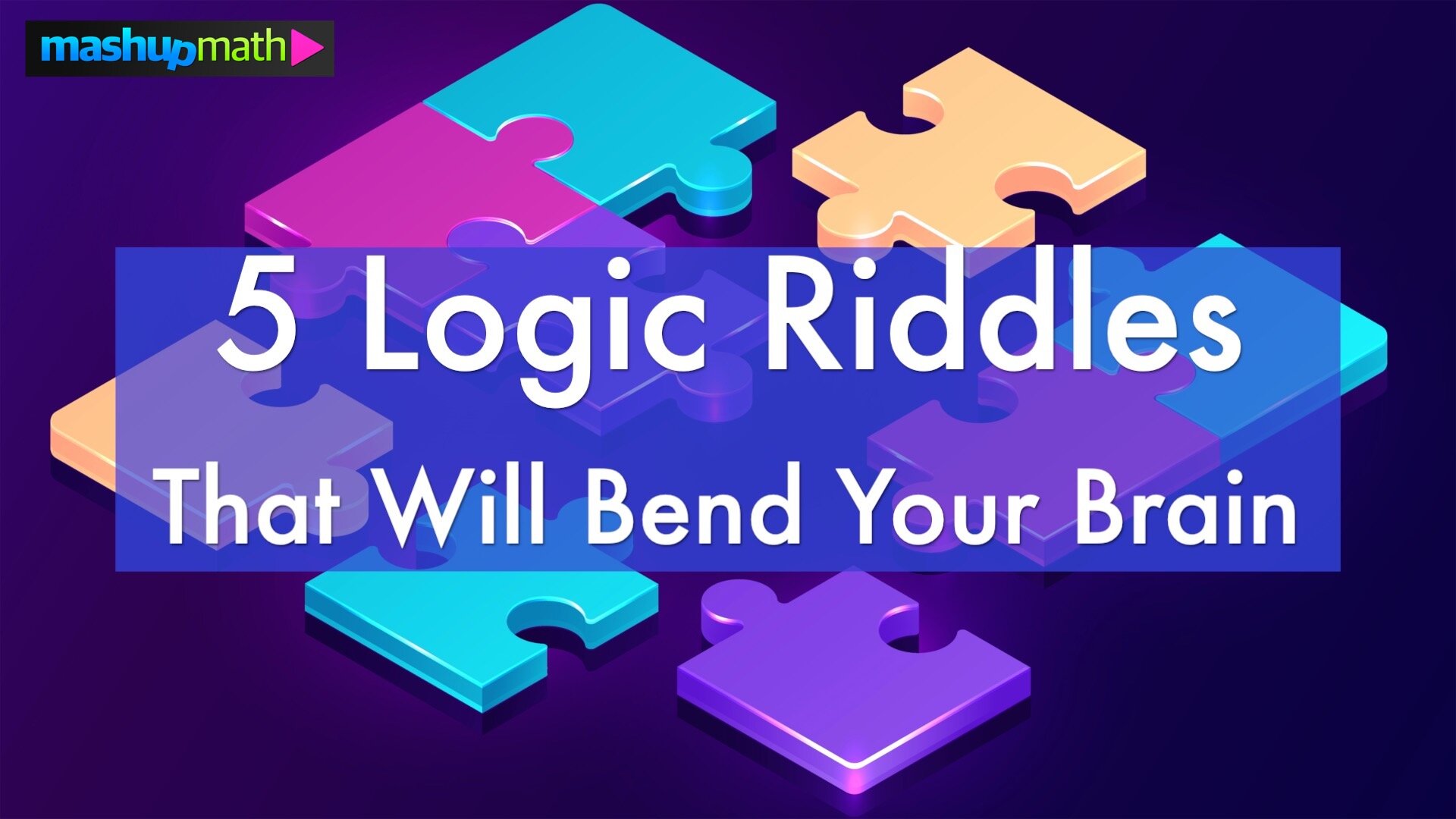Why is Math Important?
How to explain the importance of mathematics to your students.
A Post By: QUORA CONTRIBUTOR
Teachers sometimes struggle to answer the question, Why is Math Important? The truth is that mathematics is intertwined into every element of our lives in both direct and indirect ways. By helping your students to understand the importance of mathematics and its connections to the real world, you can teach them to value their math skills as necessary life skills and not just rules and procedures needed to pass an exam.
Helping students understand why math is important can be challenging.
Photo by NeONBRAND on unsplash.com
This question originally appeared on Quora.
Answer by Hans-Edward Hoene, Computer Engineer:
“Everything in the world can be presented in terms of math. Unless you plan on having a career that requires no intellect (which is okay, it’s your life), you can bet your butt that math will play a prominent role in solving problems. Math is the language of nature.”
“ABSOLUTELY EVERYTHING IS MATH!!! The circuit topography which runs your computers and phones, the electromagnetic waves (represented as trigonometric equations) which transport data between telecommunications devices (otherwise known as making a call, text, web search, etc.), etc. The thing is that you can’t really understand how something is used unless you understand what is being used.”
“Maths has provided humanity and especially those who’ve created/discovered it, with a scheme of structured reasoning, causing us to evolve/learn how to reason, more deeply than using natural language alone”
“Maths has wide-ranging applications, especially in engineering, science and finance, enabling humanity to escape the limitations of inherently ambiguous natural language, allowing the establishment of more reliable knowledge and the accelerating development of the modern world. I should add the role of statistics in allowing knowledge to be obtained in the complex areas of e.g. psychology, sociology and politics.”
“You need to be able to understand the fundamental, basic concepts of math to be able to survive in the world independently. If you didn’t know how to count, add, subtract, multiply, and divide, think of the number of things you wouldn’t be able to do. This is why math is so important. It’s a form of communication that people use in so many different ways every day. Without it, the world would be a mess.”
***
Answer by Shubham Jain, Civil Engineer:
Math skills are life skills. Here’s why:
Basic math skills help you to solve general math problems in your life, including simple addition and subtraction to managing your finances.
If you only master one skill in your life, math should be it. Otherwise, you will spend your life being vulnerable to being cheated, robbed or abused. You simply cannot survive without mathematics.
Practicing and learning mathematics develops your ability to think critically and to reason. It sharpens your mind and applies to all aspects of your day-to-day life.
Students often perceive mathematics as boring, overly abstract, uncreative, and extremely difficult to understand, which is why many of them develop math phobias as adults. However, the idea of having or not having a math brain is completely untrue. Everyone is capable of understanding mathematics at a high level.
Mathematics can be applied to a variety of career fields including chemistry, programming, technology, accounting, biology, and physics.
Subscribe to our mailing list here to get more free daily resources, lessons, and tips in your inbox every week.

















































